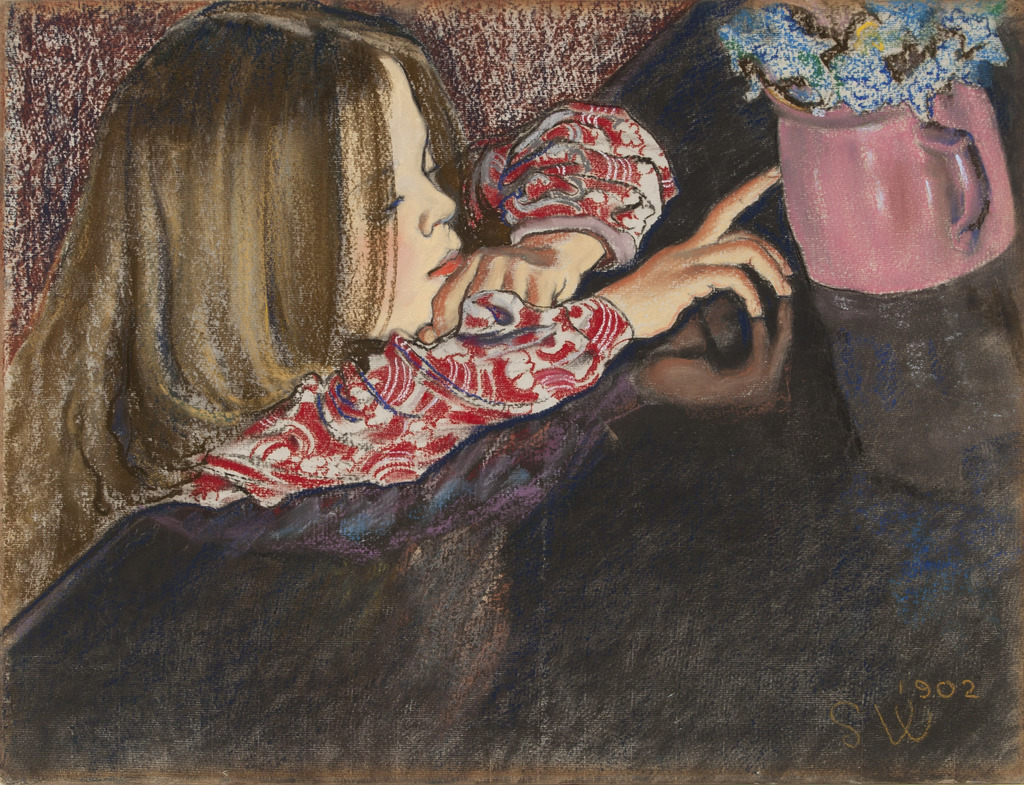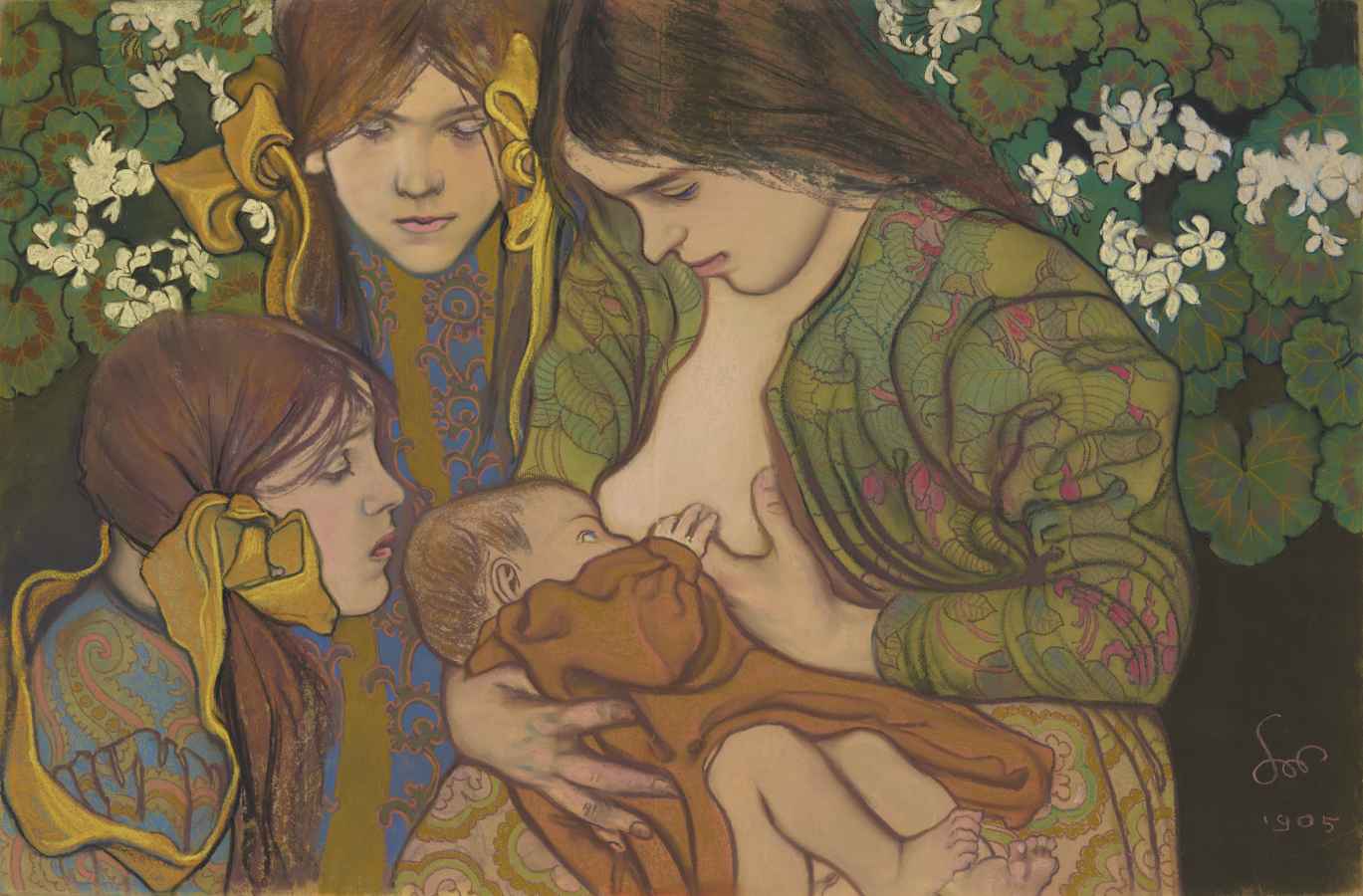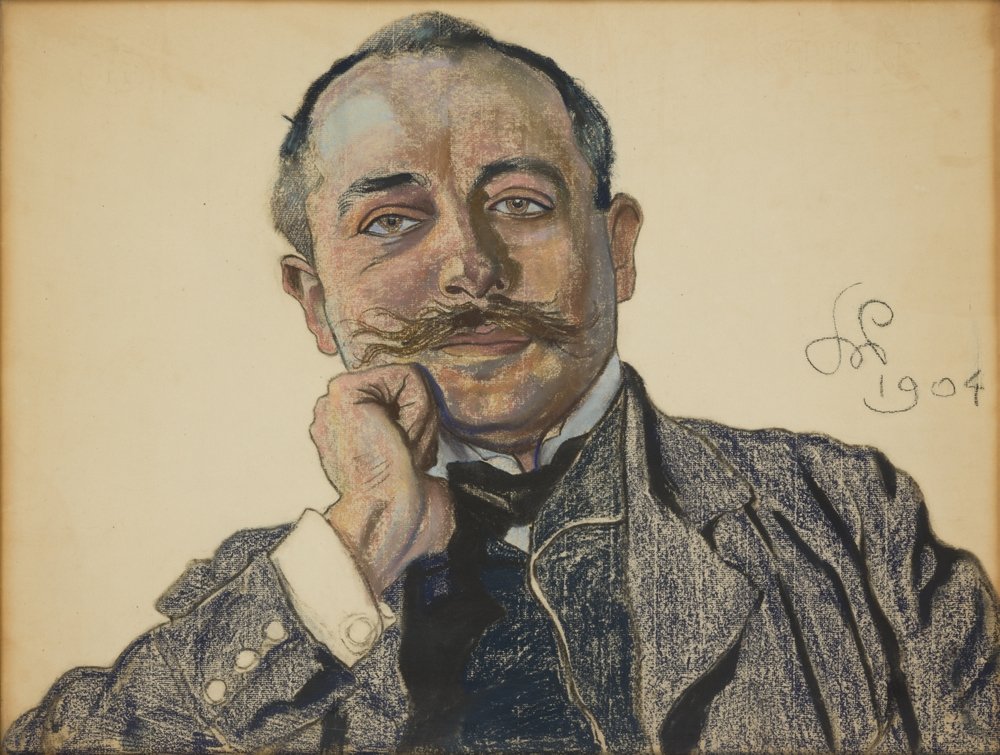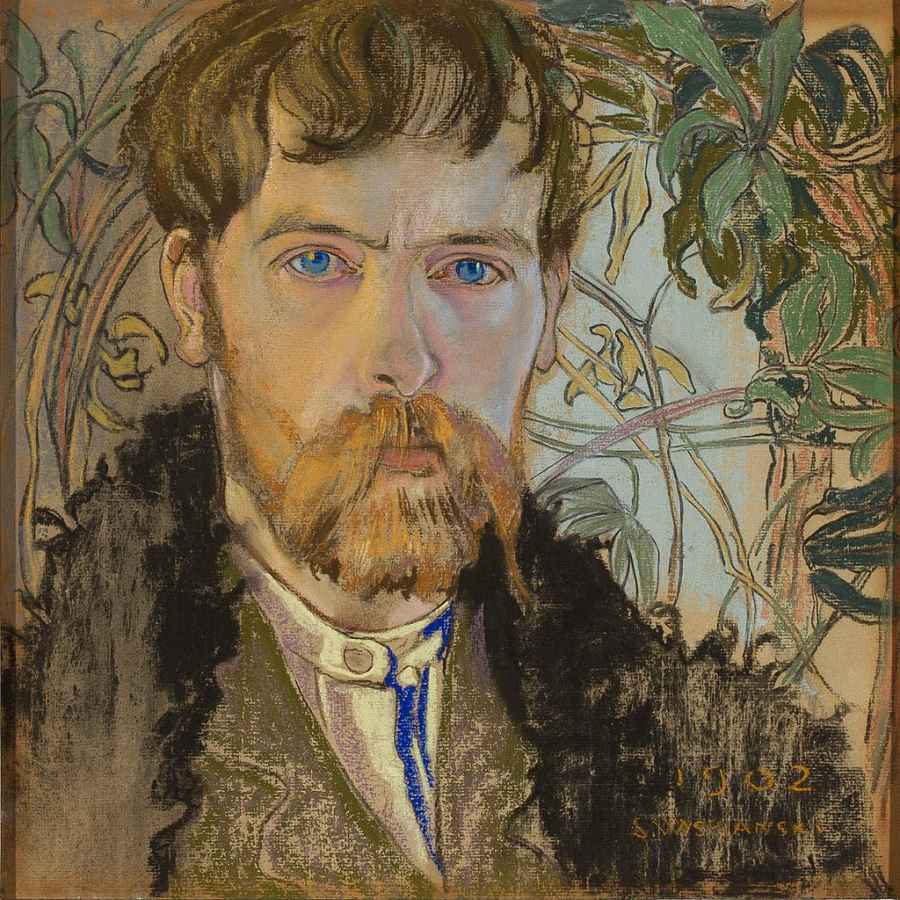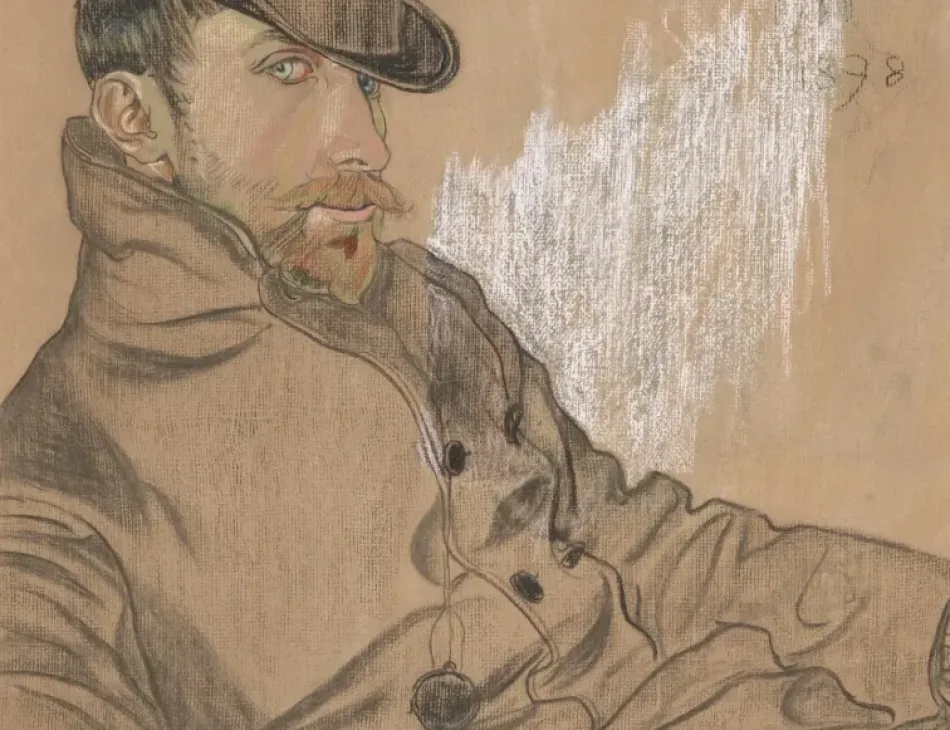POLISH ART EXCELS AT LONDON'S NATIONAL PORTRAIT GALLERY
Portrait of Kazimierz Lewandowski, 1898.
Nestled on the third floor of London’s National Portrait Gallery (NPG) between Lord Byron’s amazing decorated folding screen of actors and boxers and a plethora of paintings from the early 1600s art including The Somerset House Conference (1604), one comes across a room of portraits by one of Poland’s most important artists, Stanisław Wyspiański (1869-1907). Critics have widely praised the works.
It is hard to fathom just why or even how, but the sixteen largely pastel drawings opened late this March at the NPG near Trafalgar Square represent the largest Polish art exhibition ever held in a British museum. Called ‘Portraits of Stanisław Wyspiański’, they have rarely been displayed outside Poland in the most part. Back in 2021 the William Morris Gallery in Walthamstow presented some of Wyspiański’s works as part of the Young Poland exhibition.
Yet it is surprising given the welter of Polish art one can discover in Krakow and elsewhere in the country. Key periods in Polish art history include the Young Poland movement, which explored modernism and decorative arts that Wyspiański was a member of, and the Polish School of Posters, known for its unique graphic design.
Back in 2021 the NPG did exhibit a painting by the great Polish artist, Jan Matejko (1838-1893), Astronomer Copernicus, or Conversations with God. As one of Poland’s most renowned artists he painted many large dramatic scenes associated with his country’s rich history.
These include huge canvases such as the Union of Lublin (1869) and the Battle of Grunwald (1878). The Copernicus picture rarely leaves the New College Gallery at the Jagiellonian University in Krakow, the oldest university in Poland founded in 1364 and one of the oldest universities in continuous operation in the world.
Wyspiański was not just a painter, but a Polish playwright, poet, and interior and furniture designer. As a patriotic writer, he created symbolic national dramas that resonated with the artistic premises of the Young Poland movement. His most famous play ‘The Wedding’ (1901), a witty but tragic satire on Polish satire is still widely performed in Poland today.
The drawings exhibited - one of which was said to have been drawn in of just ten minutes - spanned actors, medical doctor and writers of the day plus his own family. Kazimierz Lewandowski (1869-1938), attired as a ‘Cracovian Dandy’, was a doctor and dentist as well as an aspiring writer who formed part of the circle that met at the artistic Café Paon (Peacock) in Krakow.
Much of Wyspiański’s vision was focussed on the cause of independence at a time when Poland was divided between Prussia, Russia and Austro-Hungary - and had yet to regain its sovereignty. Indeed, Poland was absent from the map of Europe for 123 years, from 1795 to 1918, following various partitions.
He spent most of his life in Krakow, then under Austrian rule, and it was here that he produced many portraits of people he knew and with whom he collaborated. Drawn very rapidly in pastel, his works depict artists, writers as well as actors who performed his plays. Together the portraits embody the hopes of a generation that sought to resassert its national identity. It was a worthwhile trip to catch these works.
Note: This exhibition was realised in cooperation with the Polish Cultural Institute in London and supported by the British Council under the UK/Poland Season 2025. It ran from 27 March until 13 July, 2025. To explore the display further please see this video tour of Stanisław Wyspiański: Portraits.

